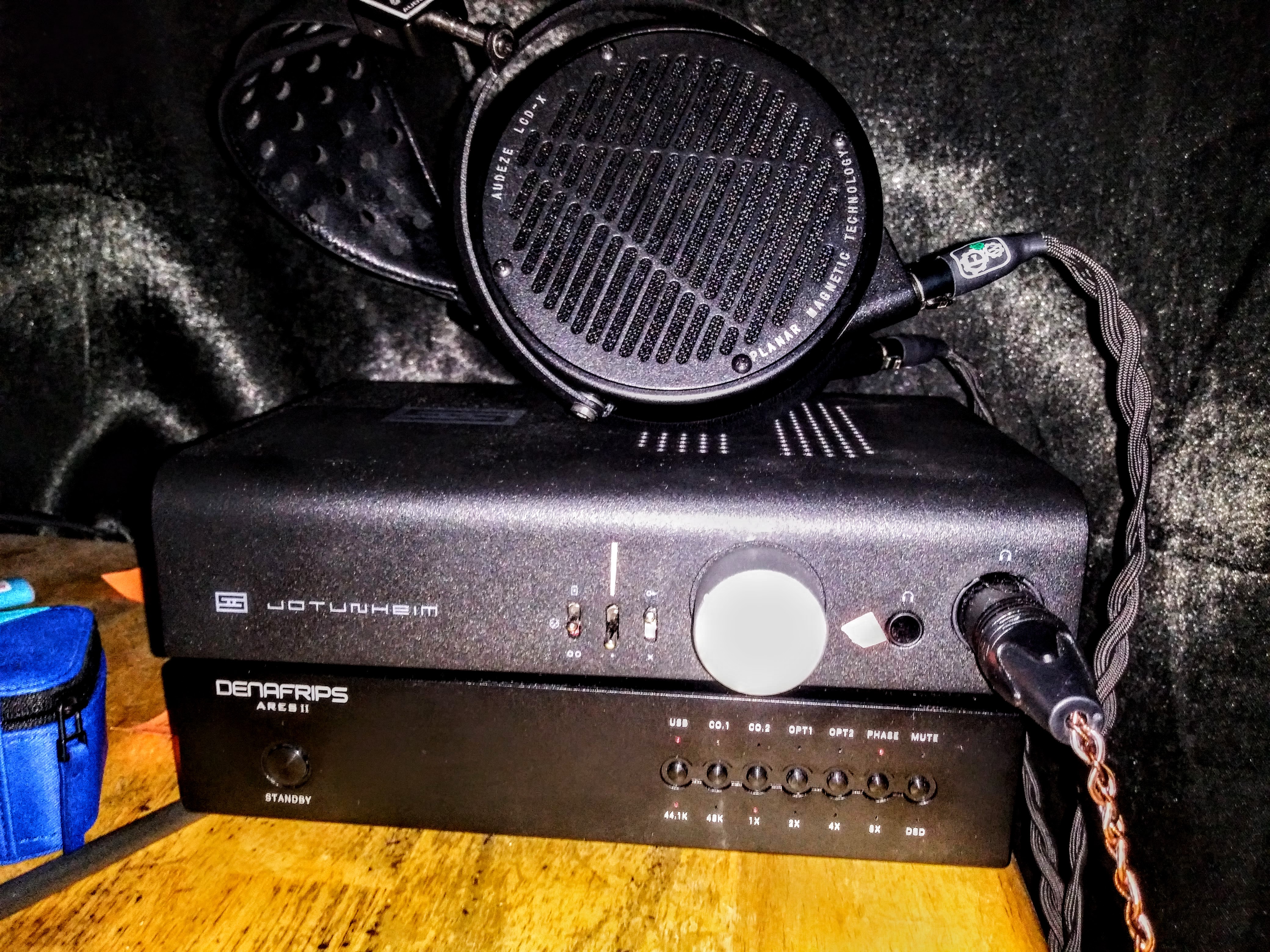No, every kind of EQ type has a "center frequency," and even a peak boost or cut does
not literally have the "center frequency" dead center in its area of effect.
As a very rough guide Q=~1.0 means if you set it to 3500hz, the effect will apply from 1750hz to 7000hz. Set it to 5000hz, and the effect is from 2500hz to 10000hz. You increase the Q value, and it can go to say 2625hz to 5250hz, or 3750 to 7500hz; decrease the value, and it can be something like 875hz to 10500hz or 1250hz to 20000hz.
The effect varies for low/high shelf filters. Q=1.0 on low sQhelf 45hz means you get +/-XdB at 45hz and below, but there is a gradually decreasing effect all the way to around 90hz; on high shelf 4000hz means 4000hz and higher gets +/-XdB, but there's a gradually fading effect until around 2000hz. Put that value to something like =1.8 and it gets
really complicated. The +3dB at 45hz low shelf can have a fading effect until say 60hz, but then turns into a cut to around -2dB centered at 75hz before goes up to a boost at 82.5hz before finally settling down at 90hz.
These aren't exact figures, but I'm illustrating how complicated this can get well past how "center" on peak boost/cut isn't even literally dead center.
Your problem here, like I previously discussed, is that sibilance or any overbearing treble is more likely to come from a strong 3000hz to 8000hz than anything above 10000hz.
That's why not everybody prefers the Harman Curve. The Harman Curve to me is basically some bass, as opposed to what the graph suggests is "lots of bass," because it's getting overwhelmed by this.

 I was hoping someone with more experience may have suggestions for EQ settings to get the FR closer to the Harmon target. Unfortunately the mids and upper-mids are quite recessed in my set, and I don't have much experience with EQ- Q factors are especially puzzling for me. I'll primarily be using Equalizer APO and Roon. Any help is appreciated, thanks!
I was hoping someone with more experience may have suggestions for EQ settings to get the FR closer to the Harmon target. Unfortunately the mids and upper-mids are quite recessed in my set, and I don't have much experience with EQ- Q factors are especially puzzling for me. I'll primarily be using Equalizer APO and Roon. Any help is appreciated, thanks!




















